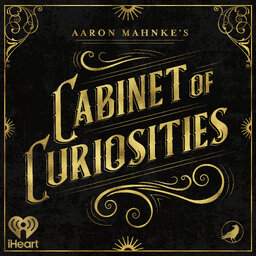It's Alive
Some human accomplishments are frightening, and others are hilarious. I hope you don't mind if the tour guide shows you one of each today as you pass through the Cabinet.
Learn more about your ad-choices at https://www.iheartpodcastnetwork.com
 Aaron Mahnke's Cabinet of Curiosities
Aaron Mahnke's Cabinet of Curiosities


